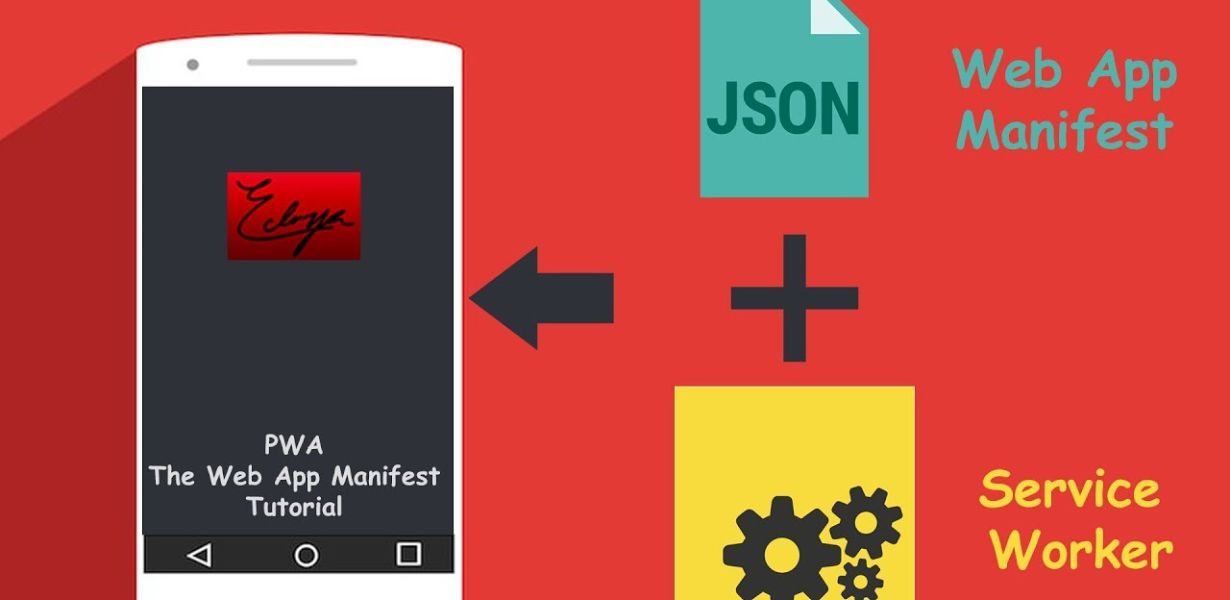
Seamless Installations: Redefining Web Applications with Web App Manifest 2.0
- Post
- August 8, 2023
- Progressive Web Apps, Web App Manifest, Web Technologies
- 0 Comments
Welcome to a journey through the evolution of web applications! In this comprehensive blog, we delve into the transformative power of Web App Manifest 2.0. Prepare to explore the realm of seamless installations, where we’ll uncover how this groundbreaking advancement is shaping the future of web apps. With a focus on keywords like “Web App Manifest,” “iOS web app manifest,” and “progressive web app manifest JSON,” let’s embark on this enlightening exploration.
Web App Manifest: Unveiling the Blueprint of Modern Web Apps
In the age of progressive web apps, the term “Web App Manifest” has gained prominence. At its core, the manifest is a JSON file that provides crucial information about the web application, allowing browsers to understand how the app should be presented to users. Think of it as a blueprint that guides the app’s behavior, appearance, and installation on different devices. By incorporating this blueprint, developers have achieved a new level of user experience consistency across various platforms.
The Power of Progressive Web Apps
Key Points:
Effortless Installation: Progressive web apps (PWAs) have revolutionized the way users install applications. Thanks to Web App Manifest 2.0, users can now install web apps directly from their browser, eliminating the friction of traditional app stores.
Cross-Platform Compatibility: With the manifest, developers can ensure that the app looks and functions consistently across different devices, including smartphones, tablets, and desktops.
Enhanced Performance: PWAs offer seamless and fast-loading experiences, bridging the gap between web and native apps. This is achieved through efficient caching and offline access capabilities.
Crafting the Perfect Manifest: What’s Inside?
Key Points:
App Name and Icons: The manifest contains metadata like the app’s name, description, and icons in various sizes. This allows the app to display correctly on different devices and homescreens.
Display Modes: Developers can specify how the app should be displayed, whether as a standalone app, in a browser tab, or in fullscreen mode.
Theme Colors: Personalize the app’s appearance by setting theme colors that match your brand identity, giving users a cohesive experience.
Orientation and Start URL: The manifest lets you control the app’s initial orientation and which URL should be loaded when the app is launched.
Transforming User Engagement and Experience
Key Points:
Instant Gratification: With PWAs, users can access content even in low network conditions. The manifest enables developers to define offline fallbacks and optimize the loading process.
Push Notifications: Web App Manifest 2.0 empowers apps to send push notifications, enhancing user engagement and re-engagement.
Less Friction, More Interaction: The easy installation process and responsive design lead to higher user interaction rates, positively impacting user retention.
iOS Web App Manifest: Bridging the Gap
Key Points:
iOS Adoption: Apple’s adoption of the Web App Manifest standard is a significant leap for the web app ecosystem.
Consistency Across Platforms: The manifest ensures that web apps on iOS devices share the same installation and behavior benefits as on other platforms.
Web App Store Presence: With iOS supporting manifest-based installations, web apps are more accessible, blurring the line between web and native apps.
Overcoming Challenges and Looking Forward
Key Points:
Browser Support: While major browsers support Web App Manifest, developers should always consider compatibility to deliver a consistent experience.
Security Considerations: Ensuring the manifest’s integrity is crucial, as it influences how the app is presented and executed. Proper security measures are paramount.
Future Possibilities: As the web evolves, so does the manifest standard. Developers should stay updated on new features and best practices to continue crafting exceptional user experiences.
Final Words
In a digital landscape driven by user experience, Web App Manifest 2.0 stands as a pivotal milestone. Its influence on seamless installations, cross-device consistency, and user engagement cannot be overstated. As we embrace the era of progressive web apps, we eagerly anticipate the further evolution of this dynamic standard, reshaping the way we interact with web applications.
Commonly Asked Questions
Q1. What is the Web App Manifest?
The Web App Manifest is a JSON file that outlines essential information about a web application, dictating its appearance, behavior, and installation process on various devices.
Q2. How does the manifest impact user experience?
The manifest enhances user experience by enabling easy installation, offline access, and push notifications for web applications, bridging the gap between web and native apps.
Q3. Why is iOS adoption of the manifest significant?
iOS adoption ensures a consistent user experience for web apps across platforms, making them more accessible and blurring the distinction between web and native apps.
Q4. What challenges should developers consider?
Developers should prioritize browser compatibility and security when implementing the Web App Manifest, staying informed about updates and best practices.
Q5. What does the future hold for the manifest standard?
As the web landscape evolves, the manifest standard will likely continue to evolve, introducing new features and possibilities for crafting even more compelling web experiences.




